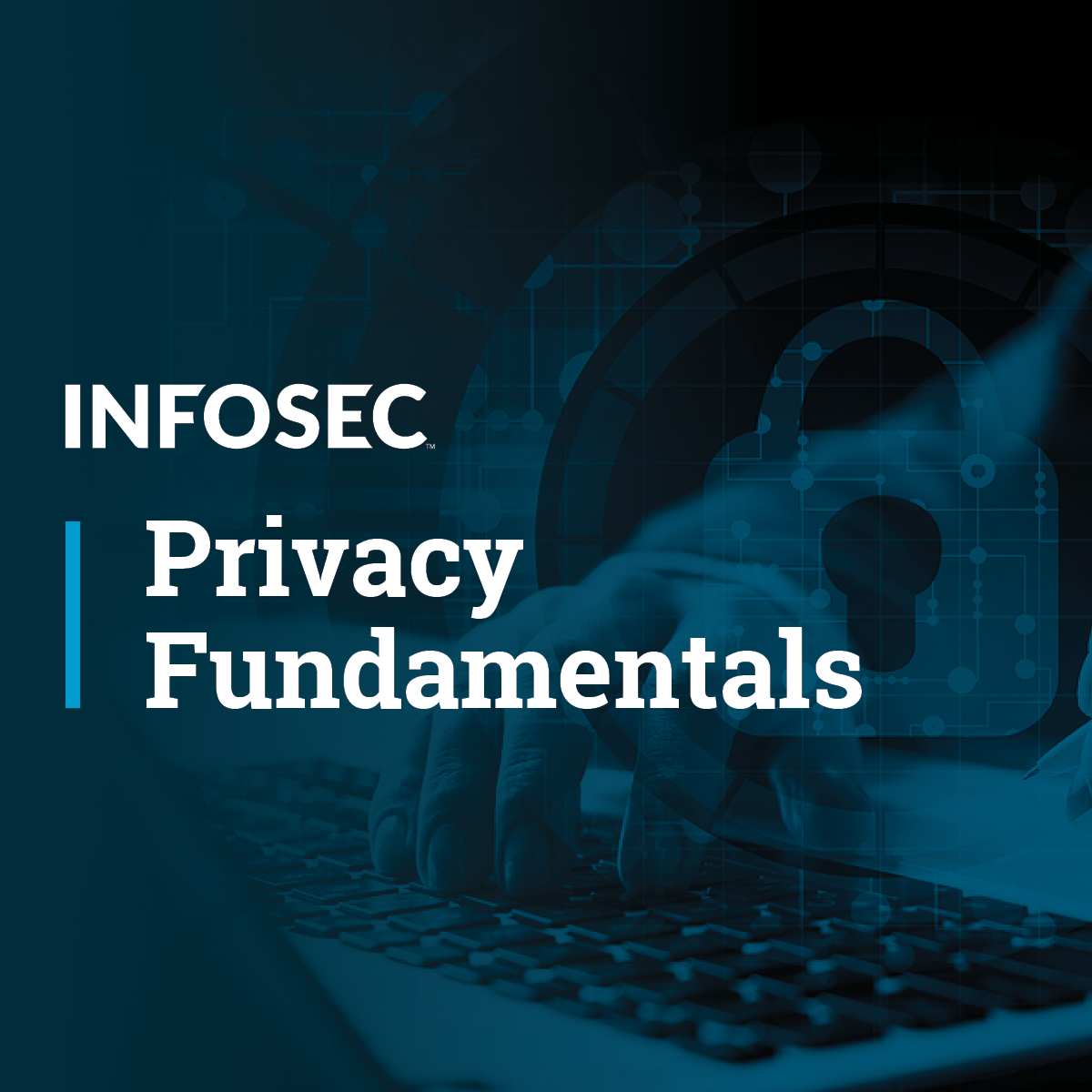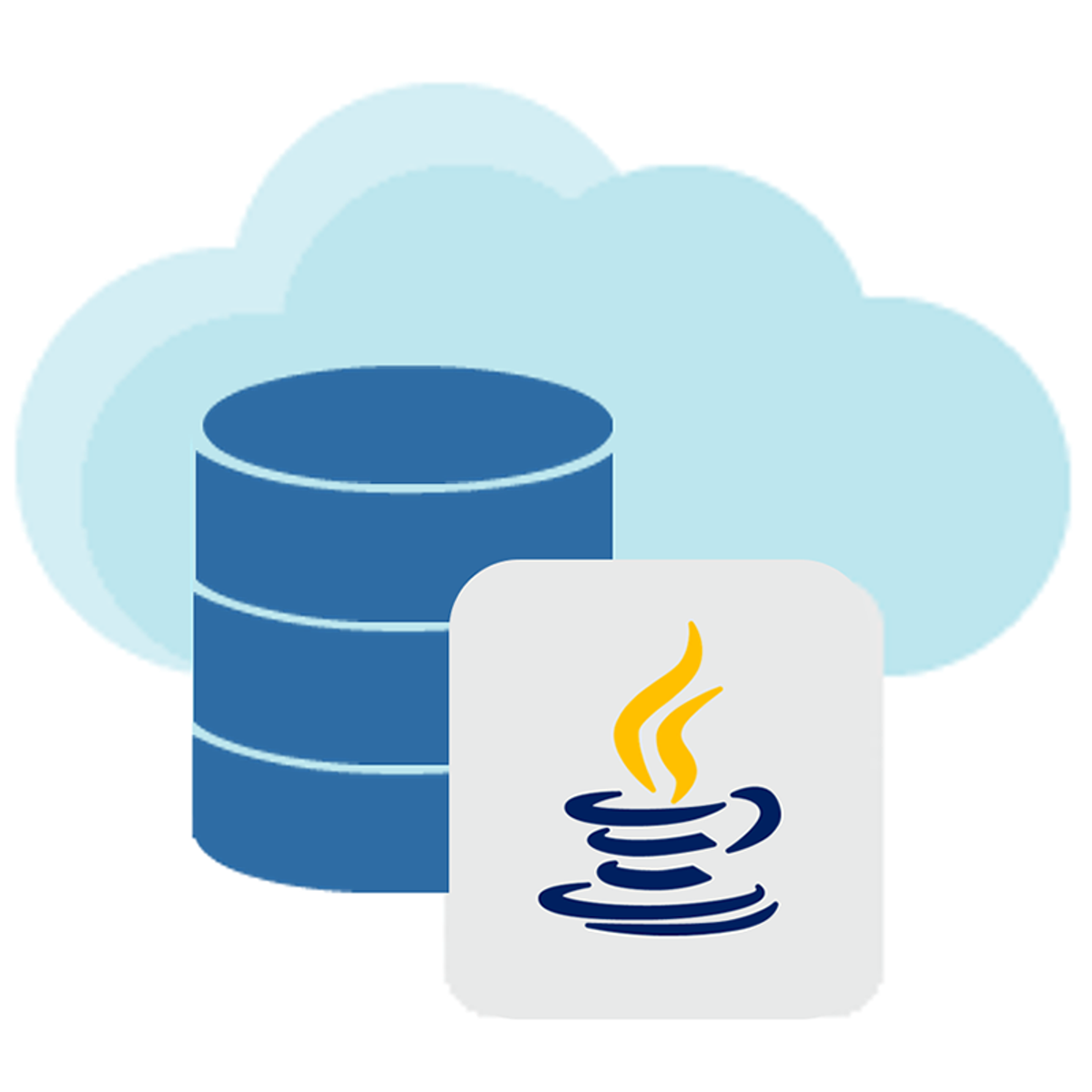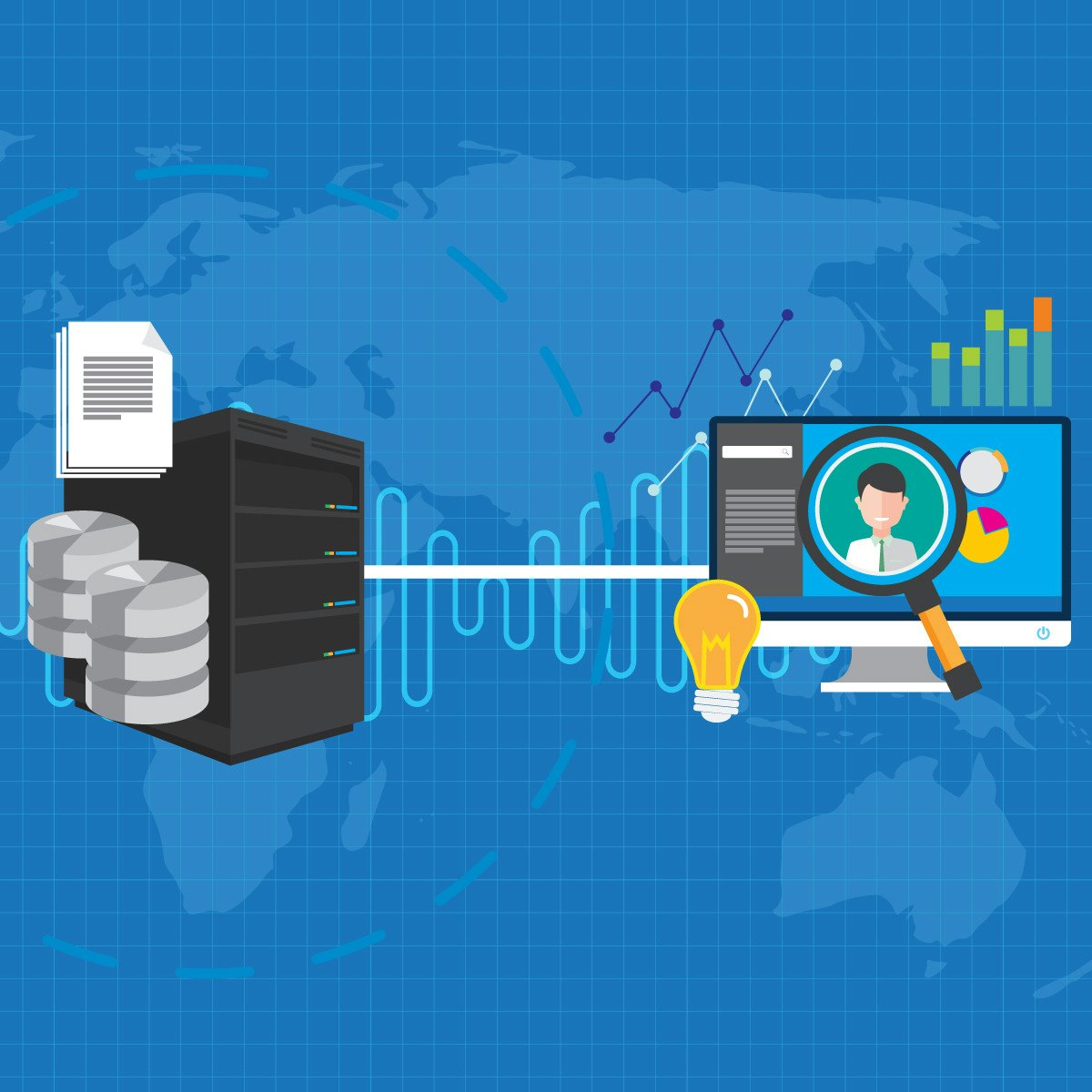Back to Courses









Data Management Courses - Page 22
Showing results 211-220 of 399

Introduction to Mobile Development
If you want to become a mobile developer, this course is a good place to start. You will learn about the day-to-day responsibilities of web and mobile developers and get a general understanding of the core and underlying technologies that power the internet.
You’ll be introduced to core technologies like HTML and CSS, and get opportunities to practice using them.
In this course, you will also discover the unique world of cross-platform mobile applications (apps). Explore the various benefits of using a system like React Native to build mobile apps and get an opportunity to practice the basics.

Advanced Data Modeling
Develop a working knowledge and familiarity with advanced database concepts such as usage, modeling, automation, storage, optimization and administration.
By the end of this course, you’ll be able to:
- Deploy basic data modeling skills and navigate modern storage options for a data warehouse
- Apply planning and execution of ETL style database engineering by building upon existing MySQL skills
- Develop a working knowledge of the different aspects of managing a database including administration of database operations and concerns, alongside processes and solutions for monitoring, reporting and debugging
- Demonstrate data modeling skills within a real-world project environment
You’ll gain experience with the following tools and software:
- Workbench data modeling software
- Syntaxes used to interact with a data warehouse
- Extract, transform and loading (ETL) techniques and methods
- MySQL data warehouse administration
- Data warehouse monitoring and reporting tools
- Database debugging and testing tools
- Data modeling tools

Fundamental Privacy Acts and Laws
In this path we will explore The US Federal Government Branch and Information Privacy. We will also cover US healthcare privacy related laws and privacy compliance including HIPAA, HITECH, GINA and more.

Protect and Recover Compute Engine Instances with Actifio GO
This is a self-paced lab that takes place in the Google Cloud console. In this lab you’ll learn how to protect and recover a Google Compute Engine virtual machine using Google Persistant Disk snapshots.

Distributed Image Processing in Cloud Dataproc
This is a self-paced lab that takes place in the Google Cloud console. In this lab, you will learn how to use Apache Spark on Cloud Dataproc to distribute a computationally intensive image processing task onto a cluster of machines.

Java Database Connectivity (JDBC) Introduction
The intent of Java Database Connectivity (JDBC) Introduction is to get some hands-on experience with foundational JDBC concepts. On our journey we’ll learn about why and how the API makes working with databases easy for Java Developers. After this course you should not only be able to demonstrate the mechanics of JDBC but furthermore, you should be able to explain the design and intent.

Set up your dev environment for MERN developers on Linux
By the end of this project, you will set up your development environment for MERN web developers on Linux.
Often, a dynamic web application consists of many different technologies and programming languages. Creating a web application with NodeJS, Express, and React allows the developer to use JavaScript throughout the stack with a focus on the logic rather than the language. In this project we will focus on installation and setup, rather that the code itself. This will allow you to use the same scaffolding approach for your future MERN applications.
Note: This course works best for learners who are based in the North America region. We’re currently working on providing the same experience in other regions.

Filtering and Sorting Data in Looker
This is a Google Cloud Self-Paced Lab. In this lab, you will learn how to filter and sort data, and create looks with Looker.

Ingesting New Datasets into BigQuery
This is a self-paced lab that takes place in the Google Cloud console. This lab focuses on how to ingest new datasets into tables inside of BigQuery.

Getting Started with Data Warehousing and BI Analytics
Data is one of an organization’s most valuable commodities. But how can organizations best use their data? And how does the organization determine which data is the most recent, accurate, and useful for business decision making at the highest level?
After taking this course, you will be able to describe different kinds of repositories including data marts, data lakes, and data reservoirs, and explain their functions and uses.
A data warehouse is a large repository of data that has been cleaned to a consistent quality. Not all data repositories are used in the same way or require the same rigor when choosing what data to store. Data warehouses are designed to enable rapid business decision making through accurate and flexible reporting and data analysis. A data warehouse is one of the most fundamental business intelligence tools in use today, and one that successful Data Engineers must understand.
You will also be able to describe how data warehouses serve a single source of data truth for organization’s current and historical data.
Organizations create data value using analytics and business intelligence applications. Now that you have experienced the ELT process, gain hands-on analytics and business intelligence experience using IBM Cognos and its reporting, dashboard features including visualization capabilities.
Finally, you will complete a shareable final project that enables you to demonstrate the skills you acquired in each module.
Popular Internships and Jobs by Categories
Browse
© 2024 BoostGrad | All rights reserved


